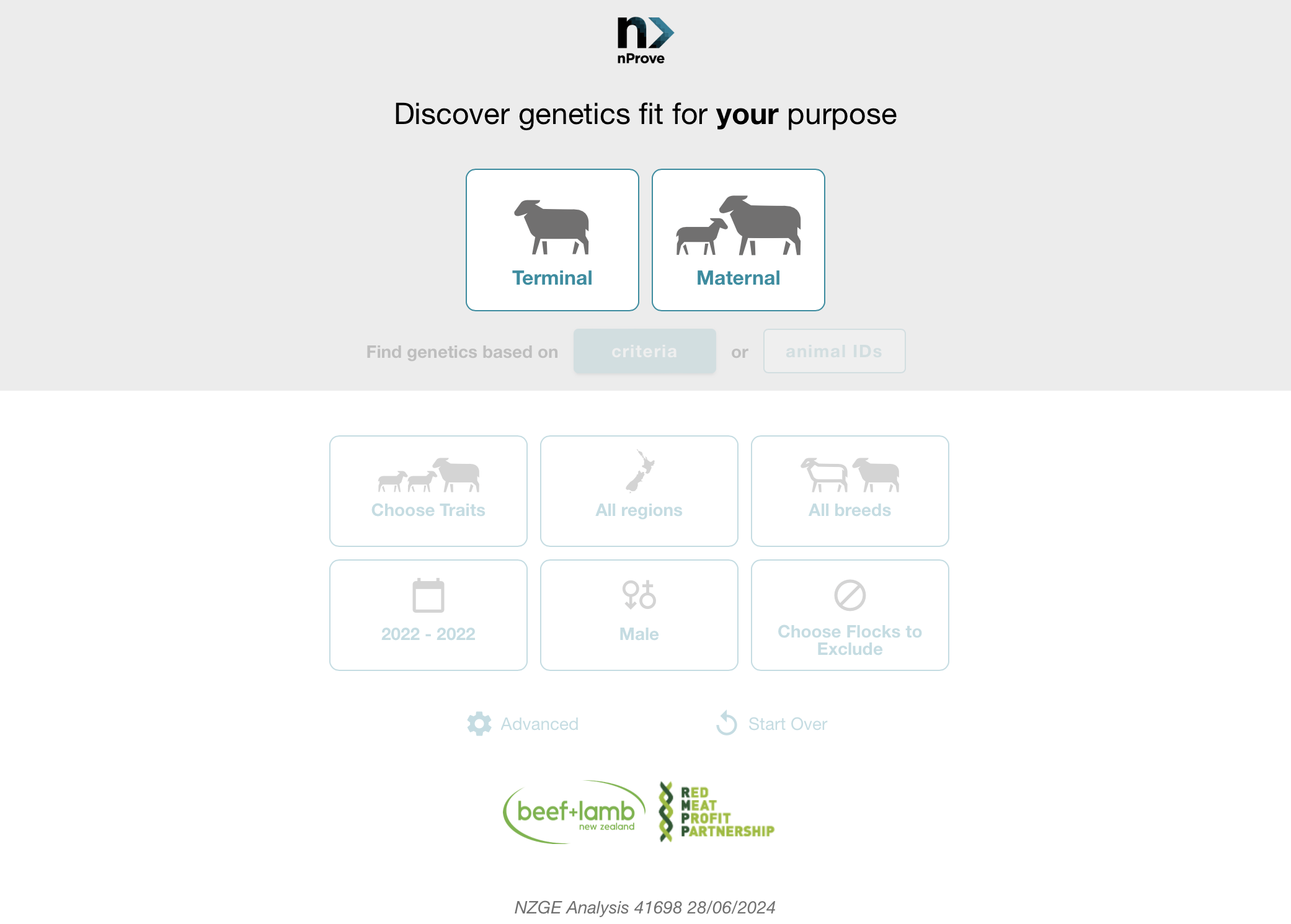Having a peek at sheep breeding
One of the cool things about Quantitative Genetics is that it works everywhere. As a forester, I work with trees and my analyses reflect that, accounting for the biological constraints of our species (long-lived, usually, but not always, monoecious species—both sexes in the same individual), experimental designs (often incomplete-block), relatively shallow pedigrees (we started a few generations ago), etc.
However, as a Forestry undergrad I chose to take a Quantitative Genetics course in the Department of Animal Science at the Universidad de Chile. The examples used rabbits, sheep, etc. but the equations were directly applicable to trees. As a postgrad, I was, again, in the Department of Animal Science (at Massey this time) and the courses and discussions were mostly about cows. Unsurprisingly, the equations were directly applicable to trees.
Last week, I was fitting a multivariate animal-model BLUP with trees but, with small changes, you could use the code for cows, or rabbits, or wheat, or potatoes. This means that we, quantitative geneticists, get to be interested in the developments in other industries.
That was a long preamble! The thing is that I came across these article in Radio New Zealand: What’s the model sheep of the future? where there was a link to the nProve system “a free online tool for farmers wanting to identify breeders producing rams suitable for their own operation” developed by Beef+Lamb New Zealand. I HAD to look at nProve, of course, and there was one thing that really grabbed my attention: there is a very large number of traits that can be used to select rams, including multiple terminal indices, health indices, or just play directly with the breeding values for specific traits. There are regions in the country too.
It looks like a great tool to help farmers and I imagine that there must be substantial work communicating the tool to farmers. Just in case, here is a sort of equivalent tool for radiata pine in New Zealand: TopTree.
